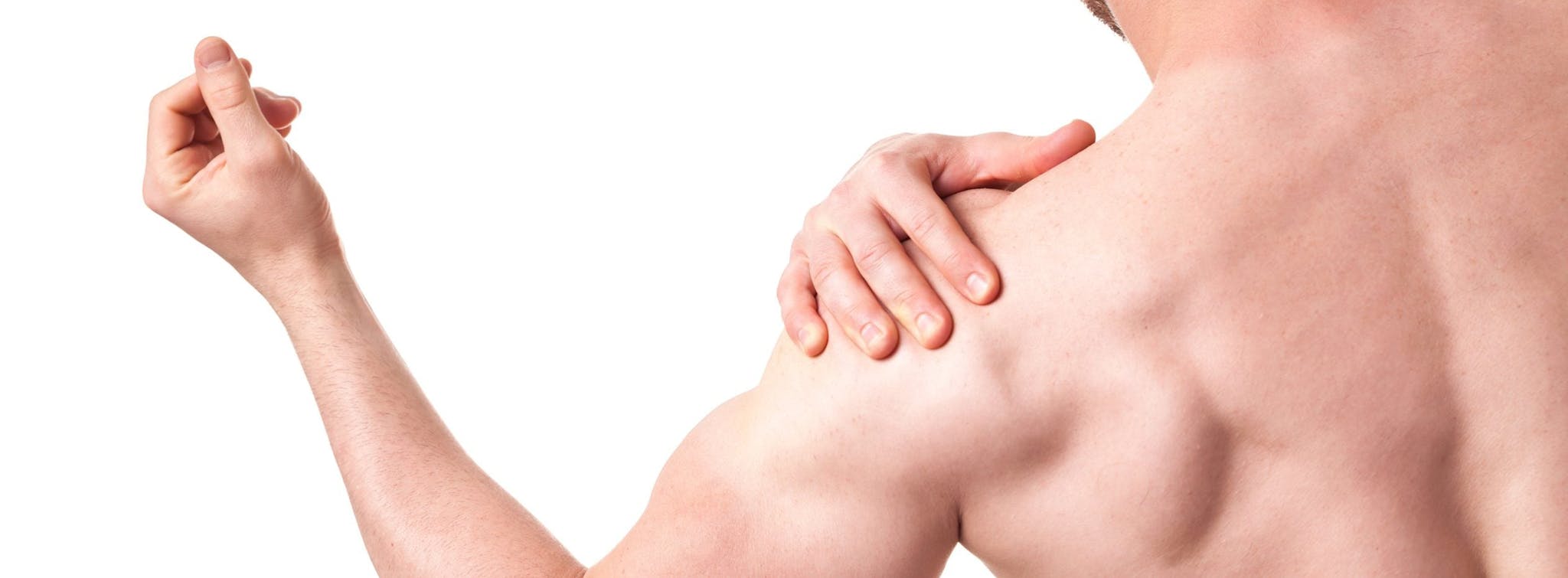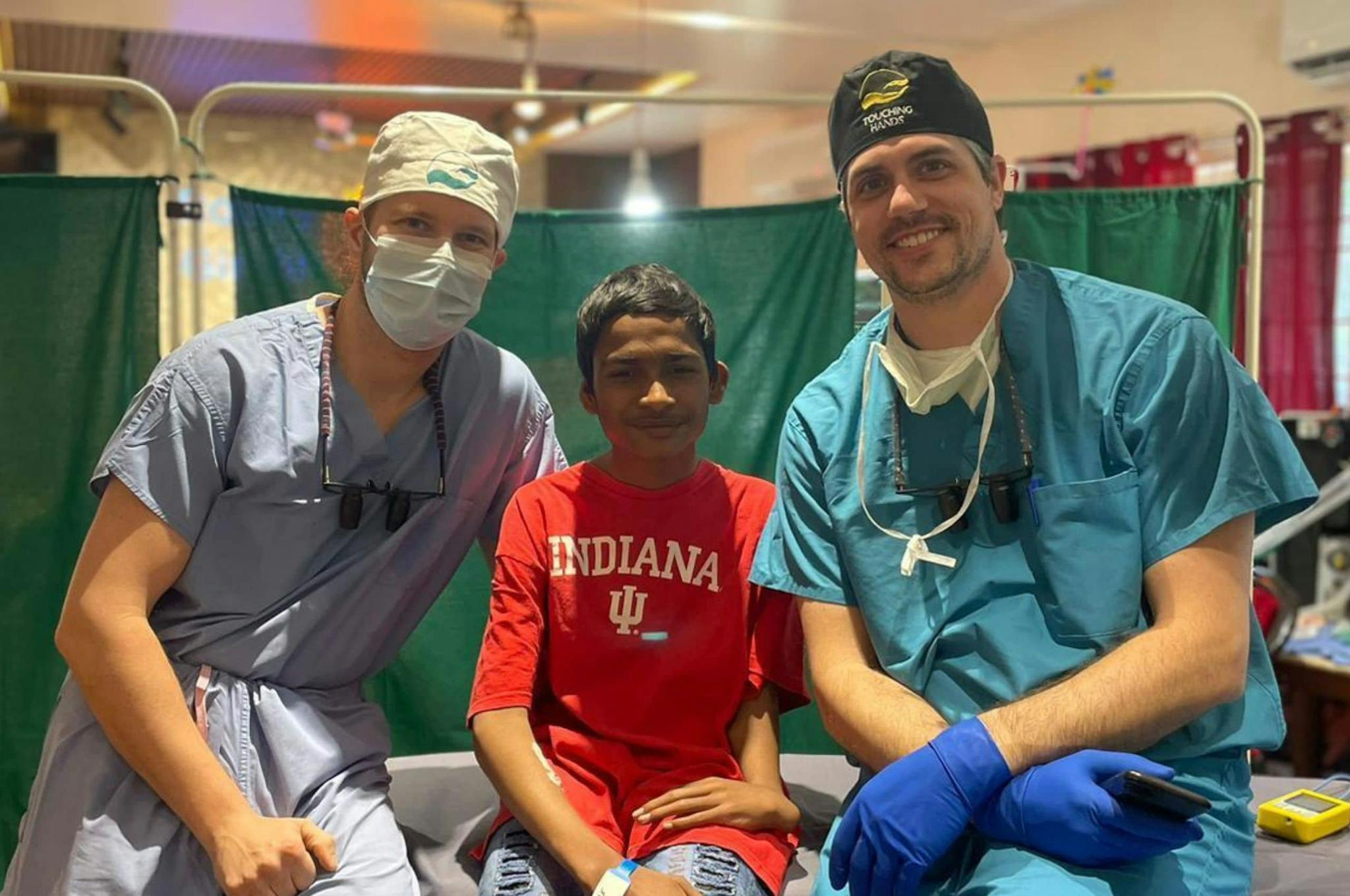
2024-06-21T14:29:51
Coral Desert Orthopedics Voted Best Orthopedic Surgeon in Southern Utah
- Orthopedics
April 19, 2016 | Orthopedics • Sports Fitness and Physical Therapy

A rotator cuff tear can totally disrupt your normal activities. Pain from a rotator cuff injury could even awaken you from sleep, Prevention says. However, early diagnosis and orthopedic treatment can help prevent loss of strength or motion. Fortunately, I can offer many patients both conservative and surgical options.
The rotator cuff is at the top of each arm. You can lift and rotate your arm thanks to this important structure. Late baseball great Don Drysdale remarked that “A torn rotator cuff is a cancer for a pitcher.” The American Association of Orthopaedic Surgeons (AAOS) describes it as the spot where tendons of four muscles combine to cover the upper end of your arm.
Not everybody with a tear is an athlete. Anybody can fall or get injured while lifting. Everyday Health suggests that repetitive motions during activities like painting or carrying equipment every day often cause these tears. So do bone spurs from aging.
Rotator cuff tears are one of the most common shoulder problems I see. The National Center for Biotechnology Information says tears occur in 25 percent of Americans older than 50 and 20 percent of those older than 20. According to the Hospital for Special Surgery, pinched nerves and shoulder arthritis are commonly mistaken for rotator cuff tears.
The National Center for Biotechnology information says tears occur in 25 percent of Americans older than 50 and 20 percent of those older than 20.
You might not see any physical signs of a tear. However, during an exam, I’d probably see atrophy of your shoulder muscles. I’d also look for a kind of winging of your shoulder blade and might be able to feel a tendon defect.
You’ll really notice it when lying on the shoulder that’s hurt. Initially, it might be intermittent. Pain usually starts in the front of the shoulder, then radiates along the side of the arm.
It occurs when you make specific movements such as lifting or reaching. Worsening pain means your tear is probably getting bigger.
Even activities like getting dressed or combing your hair might be difficult or impossible. Weakness could be associated with either a traumatic injury or a chronic problem.
You might find it odd. Some say it’s a grating or a crinkling sound from under the skin. It’s called crepitus and is a sign of inflammation or joint damage.
They’re associated with an acute injury like a fall or from forceful activity like pitching. Pain could extend the entire length of your arm. Raising the arm over your head might be impossible.
The most common non-surgical options I advise for tears include:
Anti-inflammatory drugs
Activity modification
Physical therapy
Steroid injections
I recommend surgery if you’re in sports, have a large tear, do overhead work or still have pain or weakness after several months. Several types of repairs are available, depending on whether there’s a partial or full-thickness tear.
If you have signs of a tear, you need an evaluation by a doctor who specializes in orthopedics. Many of my patients are young athletes with fast-paced lives. As a skiing and golf enthusiast, I understand the desire to resume your activities. I have considerable training in minimally invasive procedures and like to begin with conservative treatment.
Take a moment to call my office today to schedule a consultation. It’s the first step toward compassionate, patient-centered care and the active life you want to lead again.

WRITTEN BY:
Michael Carlson, MD


2024-06-21T14:29:51

2024-02-06T11:40:13

2023-03-30T11:23:12

2021-06-30T10:17:21
This information is not intended to replace the advice of a medical professional. You should always consult your doctor before making decisions about your health.